4 Ethiopian tribes | You will be fascinated by their way of life and their traditions
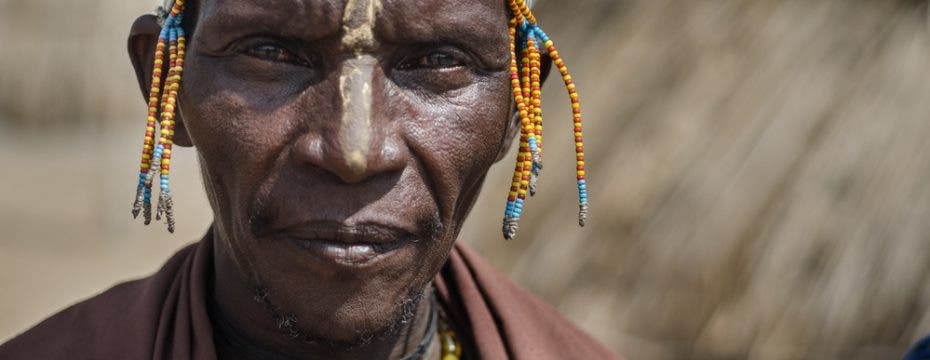
This time we venture you to a tour of the indigenous peoples of Ethiopia, characterized by their great cultural and ancestral diversity, within them the feminine attire, their role within the communities, and the different customs that characterize these Ethiopian tribes.
Ethiopia, one of the African countries with more cultural wealth for its Ethiopian tribes that live immersed in a symbolic universe where any object, ornament or scar is a cultural world that we invite you to discover on our trips.
Index
Hamer tribe, one of the most numerous villages in Ethiopia
The Hamer is one of the most traditional and ancestral villages in Ethiopia. They are an African ethnic group that lives in the south of this country, east of the Omo River, near the border with Kenya. They subsist on agriculture and pastoralism, but they have also added another activity that gives them not only economic wealth but cultural and social wealth: markets.
Markets have become one of the life centers of the Hamer tribe. Everyone meets there to barter or sell native products: vegetables, spices, fabrics, coffees, tobacco, pumpkins, tools, etc. Characteristics of this Ethiopian tribe.
The women of the Hamer tribe wear hair impregnated in ocher mud, with braids usually and hairstyles adorned with feathers. But without a doubt, the most characteristic of their clothing is the large necklaces and stripes made with seashells. And so, ornaments distinguish a married woman from a single woman.
Surma tribe, semi-nomadic community and one of the most warriors in the region.
In the rainforest of southwestern Ethiopia, in huts built with branches, is one of the most warrior tribes in the region, the Surma. Ethiopian semi-nomadic tribe.
It is common to make scarifications, men as a show of struggle and strength and in the case of women, for aesthetics. In addition, clay plates are embedded in lips and ears while it is considered that the larger this dish is, the greater the beauty, they can be up to 40 centimeters in diameter.
It is a body ornament that women wear on the lips and ears, once these areas of the body are dilated. It has its importance at the time of marriage: the larger the dish that the bride carries, her family will have the opportunity to ask for a greater dowry, usually consisting of cattle heads.
The Mursi tribe, warrior people
The Mursi is one of the most attractive Ethiopian tribes. Known for their warrior and aggressive spirit. They live in the Omo Valley. Like the Surma, they maintain among other ancestral traditions the Dunga, a festive battle between young people in which the warriors who obtain the victory obtain the right to choose a wife and the respect of the opponents.
Mursi women wear clay or wood plates embedded in their lips and ears, as are also amazing hairstyles with ornaments such as metal rings and various fabrics. The men wear spectacular drawings painted with white chalk all over their bodies. You’ll love knowing your way of life from these cultures of the Omo Valley.
Both men and women decorate their bodies with natural pigments extracted from minerals and vegetables, which also helps them as an insect repellent when mixed with ash and urine from cattle. It is also very common that scarifications are made, especially in arms, chest, and back, as a sign of elegance, strength, and courage.
Dassanech tribe, a town full of customs
Dassanech They are divided by clans, 8 specifically, and according to the ancestor they come from, they will belong to one or another clan. They have a patriarchal structure and therefore, above all these clans, there is a group of elders called the areas, that is, the authority.
Women always wear the upper part of the body naked, wear a type of foulard or brightly colored fabric that curls at the waist and goes barefoot. Their ornaments are very peculiar: most have small perforations under the lower lip that decorate with colorful detail, such as feathers.
To our surprise, its complements are very characteristic. They usually carry on the head: bullet caps, zippers, badges and other equipment that is normally difficult to find in those lands and that is why they consider valuable and aesthetically well regarded.
Complements are the details that most characterizes this tribe. On the neck, they usually wear brightly colored necklaces. Yellows, oranges or reds are the most used, probably for referring to the sun and for going according to the warm climate of their lands. They are also worn on the wrists and ankles.
Young people of both sexes continue to go through the circumcision ceremony even though there are more and more voices of women who oppose the sexual mutilation of girls.
You can learn more by reading these 17 curiosities of Ethiopia that you should know before going.

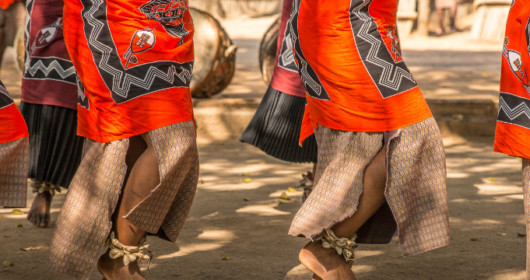

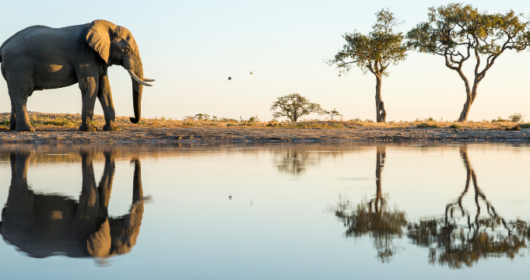
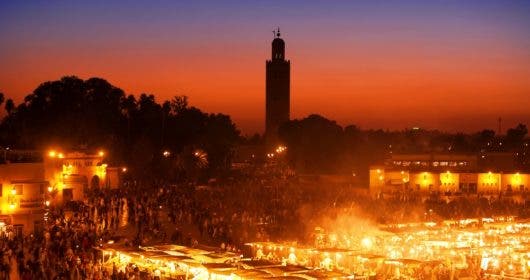

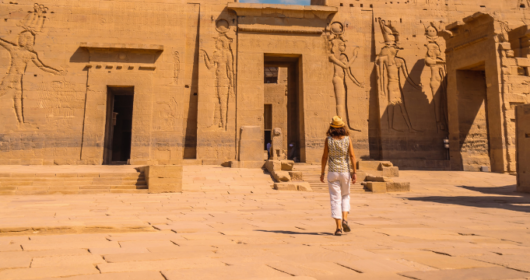
Comments are closed.